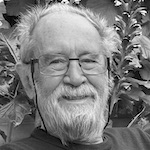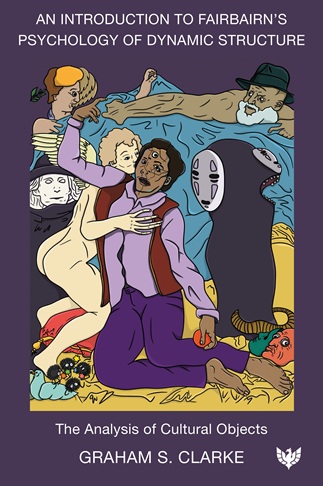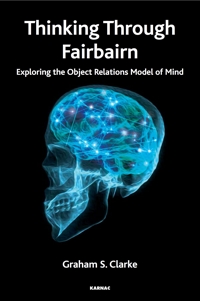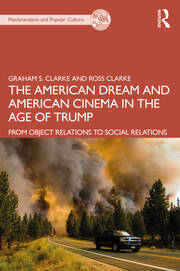Graham S. Clarke

Graham S. Clarke was born in Colchester, Essex, UK in 1942. He went with his family to Australia as “ten pound poms” in 1949, returning via the Suez Canal just before it was closed in 1956. He did a year at Sydney Technical High School (Australia) before going to Clacton County High School (UK) until 1961. Graham took a BSc (Hons) Architecture at the Bartlett School of Architecture, UCL (1961–1964). It was here that he attended a series of lectures by Richard Buckminster Fuller whose idea of comprehensive anticipatory design science prompted him to seek a career in computing. In 1967 he did an MSc in applications of computing at what was then the North London Polytechnic. He worked as a computing advisor at City University before starting a PhD in experimental psychology at Hatfield Polytechnic which he never completed. After working on a computer-based authoring system, he went to Chelmer Institute (now part of Anglia Ruskin University) before going to Essex University, Computer Science Department, as a Computer Officer in 1986. He was a founder member of the Intelligent Inhabited Building Group there until his retirement in 2007.
Having had a long-term interest in the “anti-psychiatry” movement headed by R. D. Laing and David Cooper and having attended the Dialectics of Liberation conference at the Round House in Chalk Farm in 1967, while at Essex he took a part-time master’s in Psychoanalytic Studies at the Tavistock (1995) and later a PhD in Psychoanalytic Studies at Essex University (2002). He published his first paper on psychoanalysis and film in Free Associations journal in 1994 and since then has published many more papers and articles, as well as five books.
An Introduction to Fairbairn’s Psychology of Dynamic Structure: The Analysis of Cultural Objects
This work introduces Fairbairn’s original object relations theory (his psychology of dynamic structure) and applies it to a number of cultural objects. Namely, a perplexing mannerist painting by... (more)
Fairbairn and the Object Relations Tradition
Ronald Fairbairn developed a thoroughgoing object relations theory that became a foundation for modern clinical thought. This volume is homage to the enduring power of his thinking, and of his... (more)
Thinking Through Fairbairn: Exploring the Object Relations Model of Mind
Thinking through Fairbairn offers parallel perspectives on Fairbairn’s work. It explores an extended interpretation of his ‘psychology of dynamic structure’ and applies that model to a number of... (more)
Personal Relations Theory: Fairbairn, Macmurray and Suttie
Presents a new and comprehensive account of Fairbairn's mature theory. Part One provides a thorough overview of Fairbairn's work and its ramifications for our understanding of creativity and the... (more)
The American Dream and American Cinema in the Age of Trump: From Object Relations to Social Relations
The American Dream and American Cinema in the Age of Trump uses both film theory and insights from object relations theory in order to examine how recent films address and reflect the state of the... (more)






